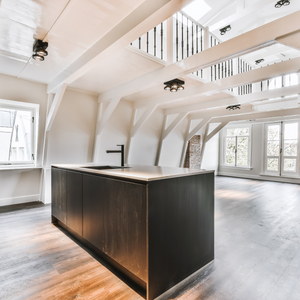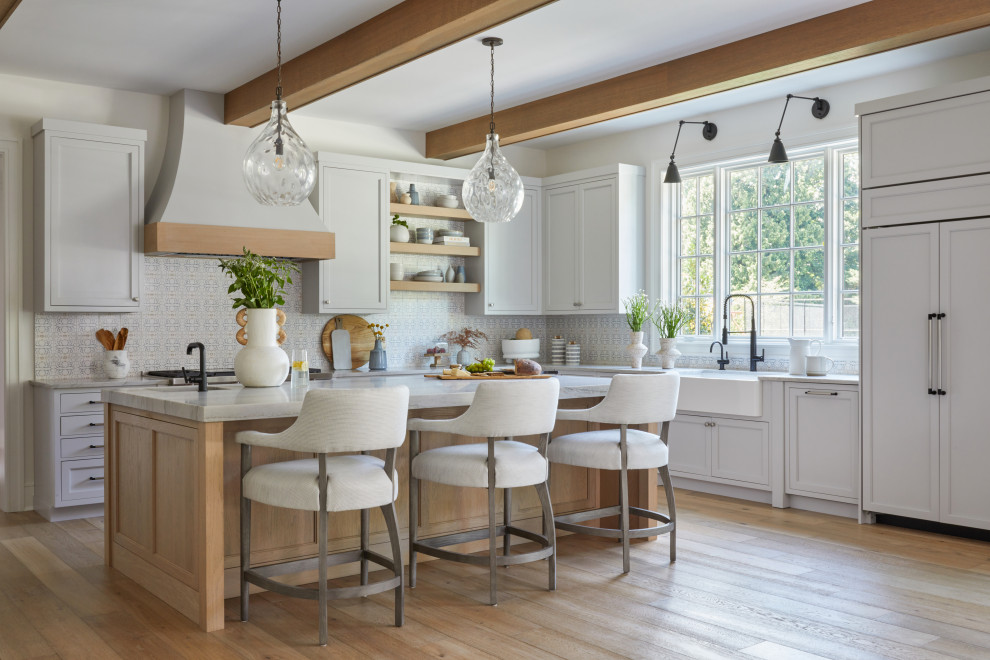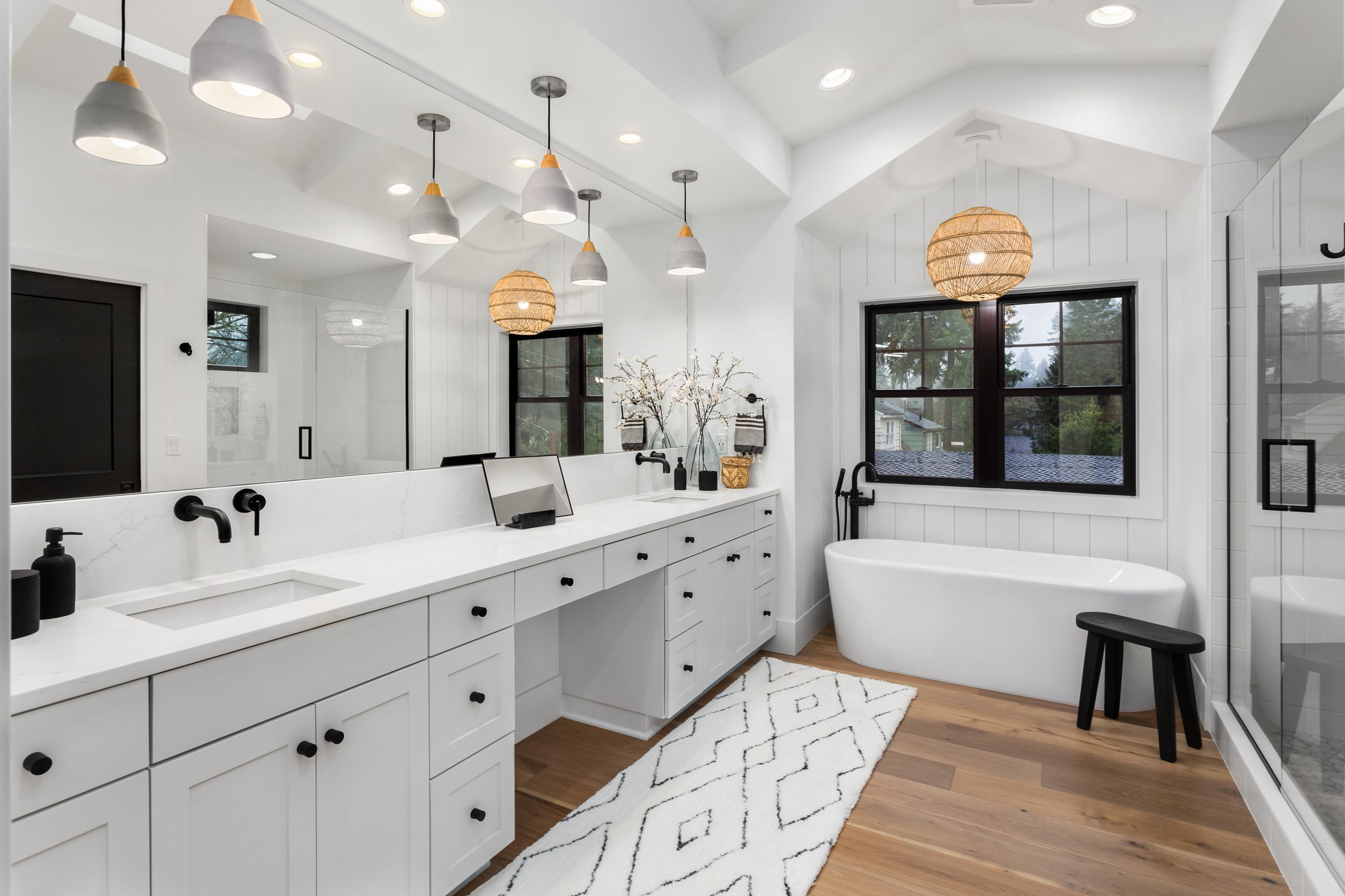Homeowner Guide for Standard Countertop Heights for Bars, Kitchen Islands, and More

For one thing, you may not realize that there are standard countertop heights and they vary depending on the location and the purpose of the kitchen countertop. You’ll quickly realize this when you look into cabinets and discover a range of heights to choose from.
Industry professionals can manage the details and help you choose the right options for your needs. However, making informed decisions is always a good idea — especially before you spend thousands of dollars on materials. Here’s a handy guide to standard countertop heights to get you started.
Kitchen Counters and Islands
Kitchen upgrades consistently show the greatest return on investment, whether you update, remodel, or fully gut and renovate. Before you go crazy with luxury materials, however, you need to make sure that practical concerns are accounted for.
This could mean designing a layout with a workable kitchen triangle, making sure you have ample space to move around and open cabinet and appliance doors, and choosing cabinets that will set your counter surfaces at a suitable height for activities like food prep and dining.
As you can see in this New York farmhouse kitchen, the perimeter and island counters, which look to be light and dark marble countertops, respectively, are set at the same height.

The standard height for kitchen and island countertops is 36 inches. This standard is based on the height of the average human, with the countertop meant to land roughly at the hip for easy meal prep and cooking.
Standard lower kitchen cabinets are 34.5 inches. With a 1.5-inch thick counter surface, this adds up to 36 inches. Thus, a thicker countertop would naturally add one or two more inches to the standard height.
Bar Countertop Height
Whether your kitchen island or peninsula features a pony wall with a bar surface or you have a dedicated bar area, you’ll find that bars are typically taller than kitchen counters. This is because bar surfaces are designed for a standing crowd to set cocktails on.
They might also include seating with taller, bar-height stools, as in this New York transitional home bar setup, featuring trendy gray cabinets, open shelving, and perimeter, island, and bar countertops in what looks to be white marble. The standard bar height is 40 to 42 inches or about 4 to 6 inches above the kitchen countertop height.
Dining Table Counters
Some eat-in kitchens include ample space for a standalone dining table, while some have just enough room to accommodate counter or bar seating. Other designs feature a built-in table that extends from a peninsula or island, as in this contemporary Tribeca kitchen.
The striking waterfall island in what looks to be bright, white quartz is fitted with a cantilevered dining table on one side. At a standard height of 28 to 30 inches, it allows for chairs low enough that feet touch the ground, providing a more stable and comfortable dining experience.

Bathroom Countertops
You might think that bathroom countertops would be the same height as kitchen counter surfaces, but this isn’t the case. Countertops like the gorgeous marble vanity in this beach-style Connecticut bathroom are set at a standard height of 32 inches.
Lower bathroom counters are designed with the whole family in mind, including children. With that being said, recent years have seen a growing trend of placing taller cabinets and counter surfaces in bathrooms, with a height matching that of kitchen counters, at 36 inches.
Laundry Countertop Surfaces
In addition to kitchens, bathrooms, and bars, you may want to outfit your laundry room with practical and attractive counter surfaces. Whether you use them for sorting and folding or just want a finished cabinet look for your washer and dryer so that you don’t have to place detergent containers directly on machines, there are a couple of counter heights you could use here.
If you elect to install a counter and sink area, the standard is to create a work surface 36 inches high. In contrast, a counter surface over your front-loading washer and dryer combo should be 42 inches high. You can see both heights on display in this traditional New York laundry room.
A large laundry room might also feature a desk-height surface at 30 inches (the same as dining table height) for seated activities like sorting, folding, and perhaps even mending clothing with the aid of a tabletop sewing machine.
Next Steps Working with Standard Countertop Heights
Regardless of which counter surfaces you’re looking to upgrade in your home, the knowledgeable and experienced team at Academy Marble can help you choose the best options in marble, quartzite, quartz, and more. Visit our showrooms in Bethel, CT, or Rye, NY, today to get started.


